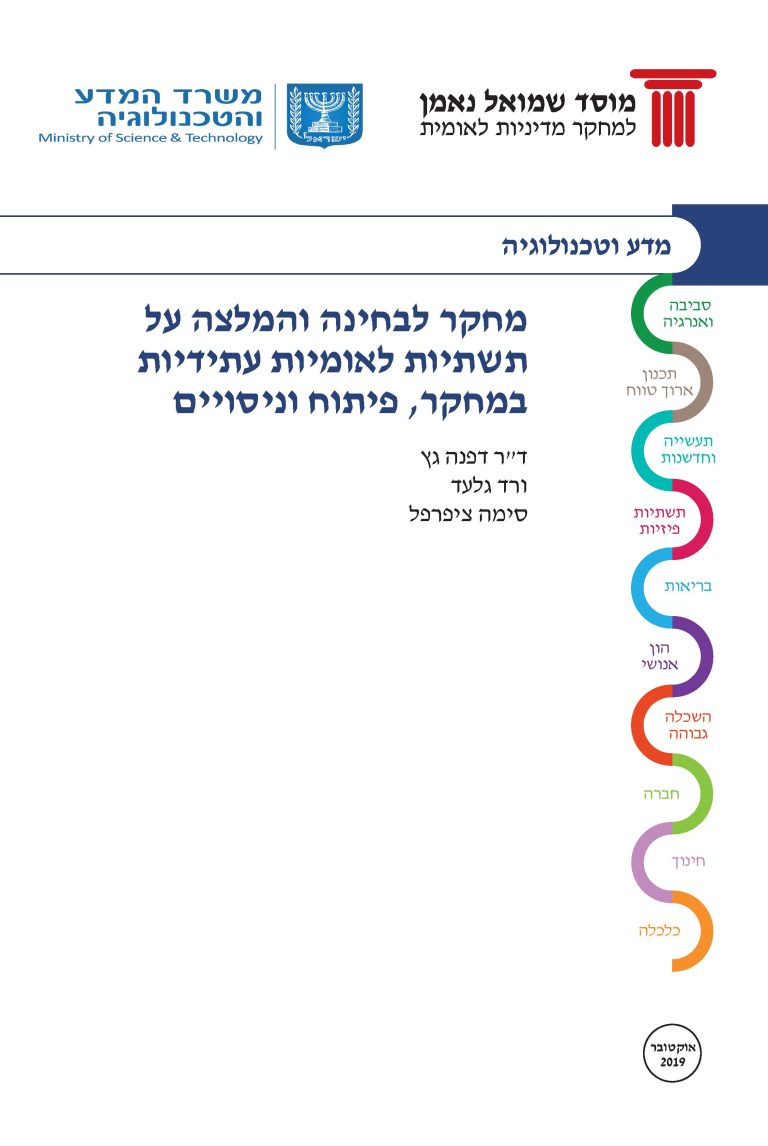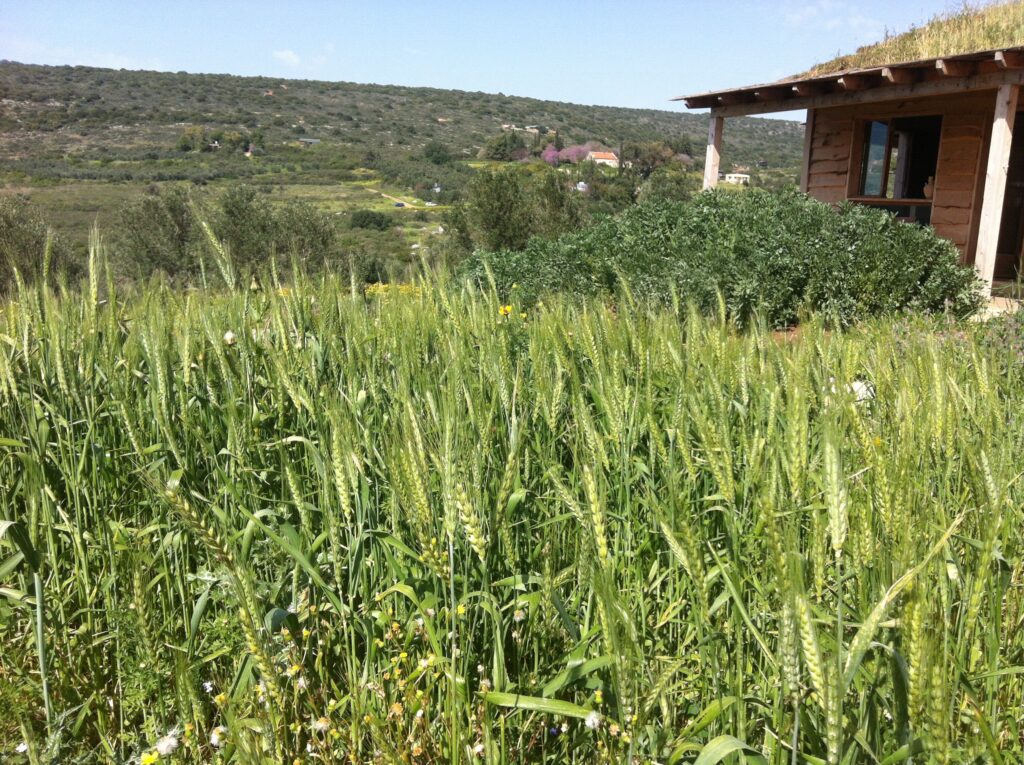Samuel Neaman Institute won in 2019, a tender to perform research for the National Committee for Research Infrastructures of the MOLMOP in the Ministry of Science and Technology. The purpose of the study was to examine the needs for infrastructures for research, development and experiments in Israel, with focus on infrastructures that contribute to academic-industrial relations. The study was conducted by Dr. Daphne Geta, Vered Gilad and Sima Tziperfal from the Samuel Neaman Institute and was accompanied by a steering committee whose members were: Prof. Nava Ben-Zvi, Dr. Guri Zilkha and Tzvia Bar-on.
A national research infrastructure for research, development and experiments was defined for the current research as facilities, resources, and services that will serve the research community (from academia, research institutes, hospitals, and industry) to conduct research, development, and experiments that would contribute to innovation in their field. The infrastructure can be scientific/research equipment or several equipment items that require serious investment, or knowledge repositories (such as collections, archives and scientific data), or e-infrastructures (such as databases, computing systems, simulation generators and communication networks) and any other unique infrastructure that is important to achieve excellence in research, development and experiments.
The research included a literature review of future infrastructures that appear on the road maps of selected countries. The information is presented in the report appendix in two separate reviews, one by country and the other by field. In addition, the ESFRI roadmap as well as the work plan for European research infrastructures within Horizon 2020 were reviewed.
The research method included interviews with experts, industry r&d managers, research institute managers, MAGNET managers, researchers at higher education institutions and other stakeholders. Interviewees were asked to review research infrastructure needs in their field.
The research indicates that there is a need for research infrastructures in the fields of physics and engineering, agriculture and food, medicine and life sciences, and e-infrastructures.
For each infrastructure, a template has been built that includes all the information collected (the research infrastructure contribution, potential users, implementation steps, schedule and cost estimation).
The researchers recommend publish advertisement to academics, research institutes, hospitals and industry R&D personnel that invite them to submit additional needs of research infrastructures.
All the information collected in this study will serve as a basis for expert committee that will examine the expected benefits of establishing the infrastructures and prioritize their establishment.












